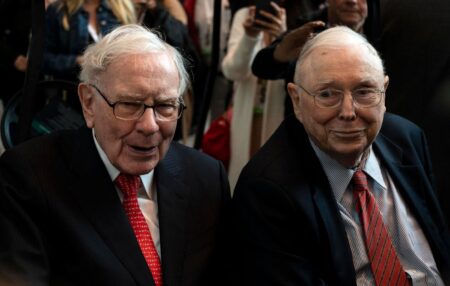The headline reading of the consumer price index (CPI) inflation report was better than expected at 3.2% year-over-year versus expectations of 3.3% and down from over 9% for June of 2022. The core CPI, which is less volatile and excludes food and energy inflation, fell to 4.7% year-over-year. Is that enough to allow the Federal Reserve to stop increasing short-term interest rates to battle inflation?
Since the peak, the sharp decline in the headline inflation rate has benefitted from the year-over-year declines in commodity prices, particularly the decline in energy prices. This significant and beneficial decline in energy prices is part of why the core inflation reading, excluding food and energy, remains elevated relative to the headline. Commodity prices have begun to tick up lately, but it is unclear if energy prices will rise enough to become a significant headwind to the fight against inflation.
One crucial positive for those believing the inflation trend will continue to move lower is the direction of shelter costs or rent. Government data on housing inflation lags the real world on the upside and downside. Using real-time Zillow data, the shelter component of inflation is significantly overstated currently. This issue is not inconsequential because shelter makes up almost 35% of the CPI calculation.
This rent issue has led analysts to focus on the supercore CPI level, which looks at services inflation, excluding energy services and housing. The supercore reflects the excellent progress in the fight against inflation but moved slightly higher to 4.1% year-over-year for July.
The crucial issue for forecasting the future of inflation is services that are inexorably linked with wages. While wages have moderated, average hourly earnings are growing at a 4.4% year-over-year pace. The Atlanta Fed Wage Tracker comes to similar conclusions that wages are down from peak growth but remain elevated at 5.3% year-over-year. At these levels, it will be difficult for the Federal Reserve to reach its 2% inflation goal. One positive possibility is a significant boost to productivity from artificial intelligence (AI), which allows for higher wage growth without the powerful inflation impulse. AI remains in the early innings, so this is far from a sure thing and might take years even if it does.
Rising U.S. Treasury bond yields reflect better economic activity and higher implied inflation readings than at the end of the second quarter. 10-year Treasury yields hit their year-to-date highs recently. These rising yields have likely been part of why stocks have taken a breather after their substantial gains in 2023.
While the Federal Reserve (Fed) has made significant progress in its fight against inflation, the battle is likely not yet won. The Fed should refrain from any interest rate hikes at its September meeting to have more time to monitor the impact of its hikes so far on the economy since monetary policy works with a lag. The outcome of the November meeting will likely hinge on the progress in inflation readings but more specifically on the labor market and wage growth. Absent a surge in productivity, the Fed is not likely to be comfortable declaring victory while wage growth remains lofty.
Read the full article here









